The Komodo dragon, a formidable predator native to the Indonesian islands, has long fascinated scientists and wildlife enthusiasts alike. With its massive size, powerful limbs, and serrated teeth, this apex predator dominates its ecosystem. However, what truly sets the Komodo dragon apart is its unique killing mechanism—a combination of venom and bacteria that ensures its prey rarely escapes.
For decades, the prevailing theory suggested that the Komodo dragon relied on bacteria-laden saliva to weaken its prey. The idea was that a single bite would introduce a lethal cocktail of pathogens into the victim’s bloodstream, leading to a slow and inevitable death. This theory gained traction due to observations of prey animals succumbing to infections days after being bitten. However, recent research has revealed a more complex and deadly strategy.
The Venomous Bite
In 2009, a groundbreaking study challenged the long-held belief that bacteria alone were responsible for the Komodo dragon’s hunting success. Researchers discovered that the dragon possesses specialized glands in its lower jaw capable of producing venom. Unlike the rapid-acting neurotoxins of snakes, the Komodo’s venom is a complex mixture of proteins that disrupt blood clotting, induce shock, and cause excruciating pain. This venomous bite doesn’t kill instantly but ensures that the prey weakens rapidly, making escape nearly impossible.
The venom works in tandem with the dragon’s brute strength. Once the prey is bitten, the venom accelerates blood loss and lowers blood pressure, leading to systemic shock. The prey, often a deer or wild boar, may initially flee but soon collapses from the combined effects of blood loss and venom-induced trauma. The dragon then tracks its victim using its keen sense of smell, waiting for the venom to take full effect.
The Role of Bacteria
While venom is now recognized as the primary killing agent, bacteria still play a significant role in the Komodo dragon’s predatory strategy. The dragon’s mouth is far from sterile—it harbors a diverse array of bacteria, some of which are pathogenic. When the dragon bites, these bacteria are introduced into the wound, potentially exacerbating the prey’s condition. However, unlike earlier assumptions, the bacteria are not the main cause of death. Instead, they may contribute to secondary infections, particularly if the prey manages to survive the initial attack.
Interestingly, Komodo dragons appear to be resistant to the bacteria in their own mouths. Studies suggest that their immune systems have evolved to tolerate these microbes, preventing self-infection. This adaptation is crucial, given their scavenging habits and frequent exposure to decaying flesh.
The Hunting Strategy
The Komodo dragon’s hunting technique is a masterclass in patience and efficiency. Unlike big cats or wolves that rely on speed or pack coordination, the dragon uses stealth and ambush. It lies in wait, often near watering holes or game trails, and strikes with surprising speed when prey comes within range. A single bite is usually enough—the venom does the rest. The dragon then follows the scent trail of its dying prey, sometimes for miles, until the animal succumbs.
This method minimizes the risk of injury to the dragon. Large prey like water buffalo can inflict serious damage if engaged in a prolonged struggle. By relying on venom, the dragon avoids unnecessary combat, conserving energy and reducing the chance of injury. It’s a brutal yet highly effective strategy honed by millions of years of evolution.
Ecological Impact
As apex predators, Komodo dragons play a vital role in maintaining the balance of their ecosystem. By preying on weak or sick animals, they help regulate prey populations and prevent the spread of disease. Their scavenging habits also contribute to nutrient cycling, ensuring that carcasses are efficiently recycled into the ecosystem.
However, their specialized hunting strategy makes them vulnerable to environmental changes. Habitat loss, human encroachment, and declining prey populations threaten their survival. Conservation efforts are critical to preserving these ancient reptiles, which have roamed the Earth for millions of years.
Conclusion
The Komodo dragon’s reputation as a dual-wielding killer—armed with both venom and bacteria—underscores the complexity of nature’s predators. What was once thought to be a simple case of bacterial warfare has been revealed as a sophisticated venom-based system, augmented by opportunistic pathogens. This discovery not only deepens our understanding of the Komodo dragon but also highlights the importance of continuous scientific inquiry. As we unravel more of nature’s secrets, we gain a greater appreciation for the intricate and often brutal mechanisms that drive survival in the wild.
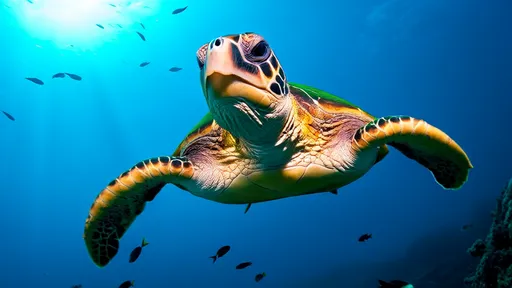
By /Jun 10, 2025
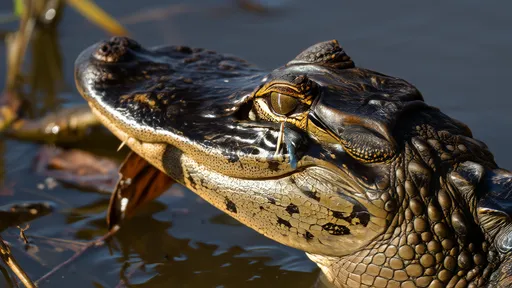
By /Jun 10, 2025
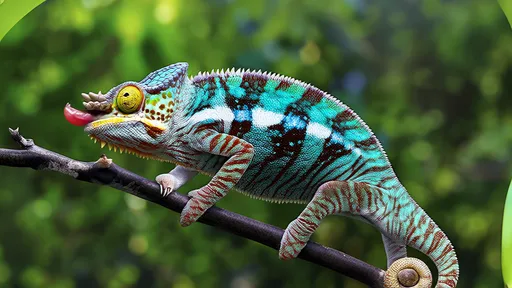
By /Jun 10, 2025
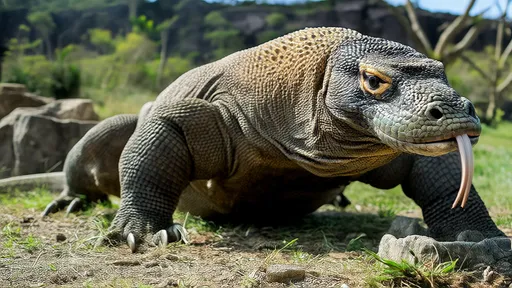
By /Jun 10, 2025
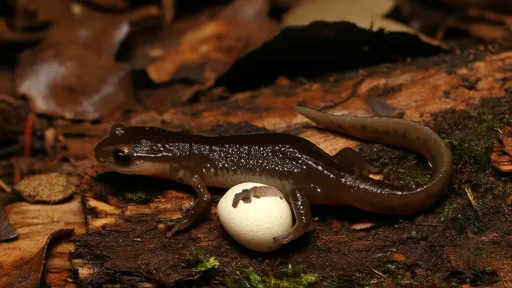
By /Jun 10, 2025
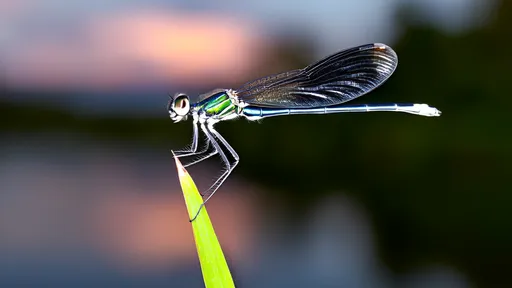
By /Jun 10, 2025
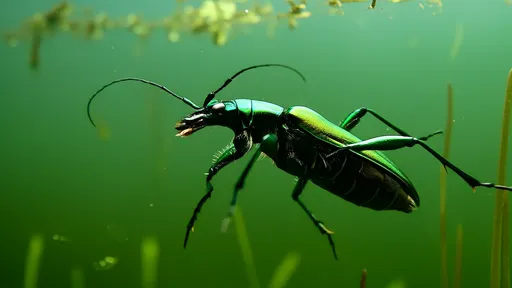
By /Jun 10, 2025
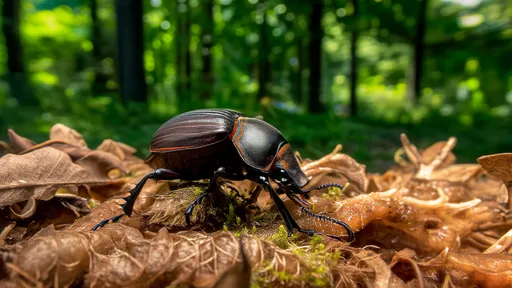
By /Jun 10, 2025
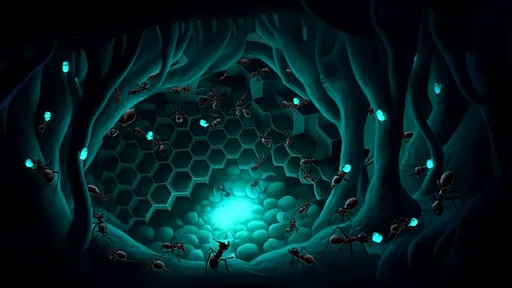
By /Jun 10, 2025
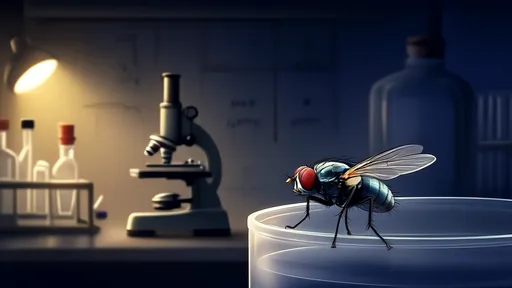
By /Jun 10, 2025
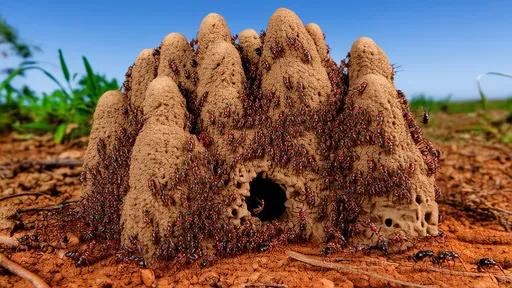
By /Jun 10, 2025
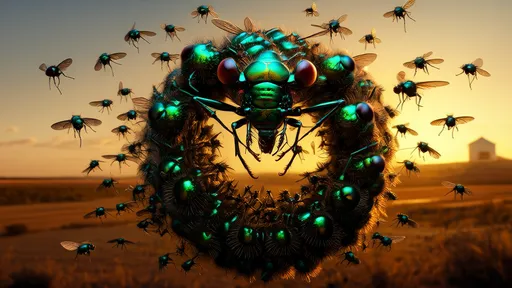
By /Jun 10, 2025
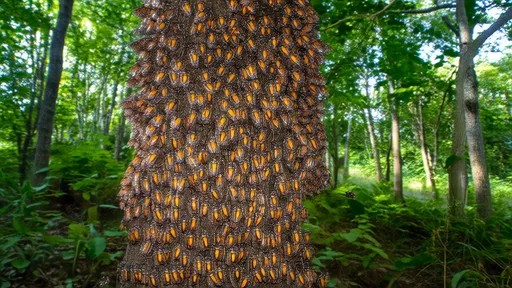
By /Jun 10, 2025
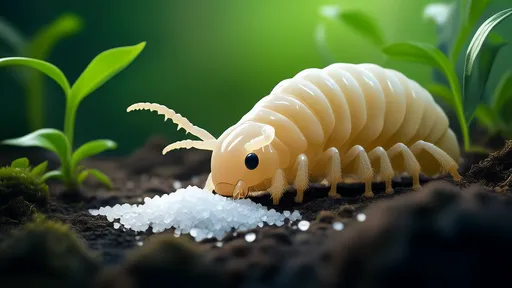
By /Jun 10, 2025
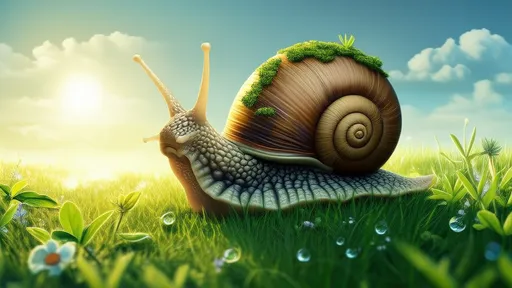
By /Jun 10, 2025
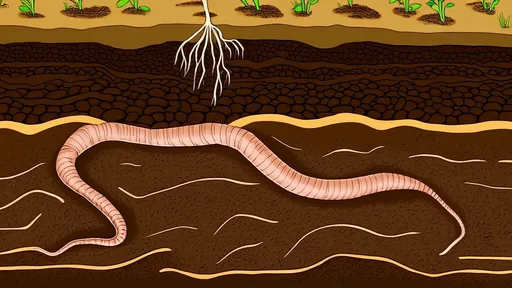
By /Jun 10, 2025
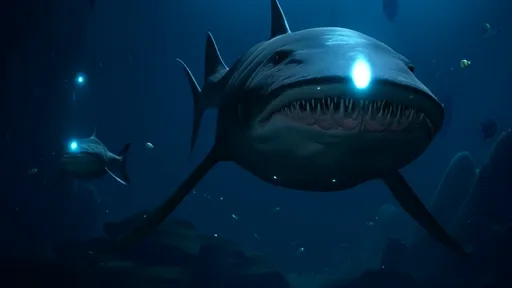
By /Jun 10, 2025